The ultra dirt-cheap and widely available, simple amino acid glycine may be the ultimate supplement for Masters Athletes as an anti-ageing substance. It seems from research that glycine is able to reverses the ageing process in connective tissue cells – and who knows, suggestions indicate in other types of cells too.
If after reading this, you want some Glycine, you can do so HERE
Mitochondrial ageing

These researchers who constantly study the processes of ageing have speculated that these mitochondria play a role in ageing for a fair while.
The Japanese researchers, found that aged mitochondria worked less hard. The aged Mitochondria used significantly less oxygen, which would indicate that they produced less energy.
Rejuvenation
The Japanese researchers performed a series of gen-tech tricks on the aged fibroblasts and successfully managed to transform them into life giving stem cells. These tricks however don’t work in living organisms, by the way, but you however can use them to rejuvenate cells in test tubes. After doing this, the researchers observed that the aged mitochondria actually started to generate more energy again as a result of the rejuvenation.
TIG3S and TIG121: young fibroblasts. R3S and R121: rejuvenated versions of TIG3S and TIG121 respectively.
TIG107 and TIG102: very old fibroblasts. R107 and R102: rejuvenated versions of TIG107 and TIG102 respectively.
Genetic activity
The Japanese researchers then measured the activity of the inert mitochondrial genes in their harvested young and old and rejuvenated fibroblasts, and discovered that it was mostly the working of the GCAT gene that was related mostly to the cells’ energy expenditure. GCAT was very active in the young fibroblasts, and as you’d expect less active in old fibroblasts, but again as per the research very active in the rejuvenated fibroblasts. [Figure]
The Japanese researchers conducted an extra experiment in which they used some molecular technology to deactivate the GCAT gene in young fibroblasts [shGCAT]. Their energy expenditure subsequently decreased. They then used their gen-tech to activate the GCAT gene in very old fibroblasts [tgGCAT]. And successfully their energy expenditure increased.
Glycine
According to earlier studies, GCAT is involved in the production of glycine by cells. And while they were at it, the Japanese decided to do another experiment in which they exposed old fibroblasts [TIG102] to glycine. And lo and behold: their energy expenditure increased. True, it didn’t rise to the level of a very young fibroblast [TIG3S], but even so.
Conclusion
It may be the case that we now have a supplement that delays delays ageing at a fundamental level. And if that’s the case, it’s not necessarily good news for the supplements industry. Glycine is readily available and dirt cheap.
Source:
Sci Rep. 2015 May 22;5:10434.

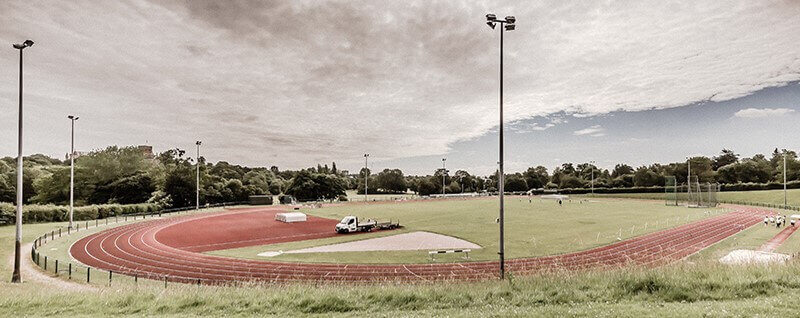
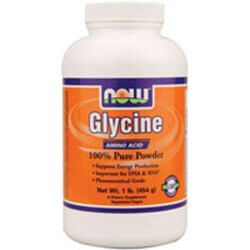
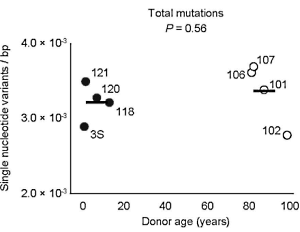
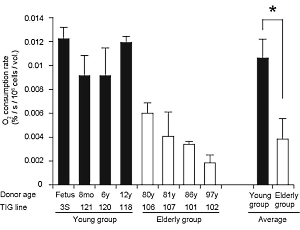
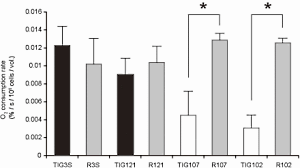
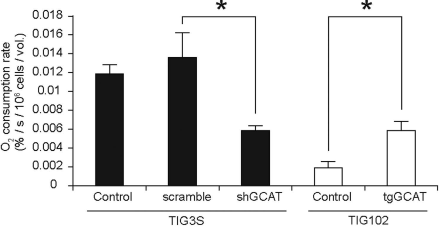
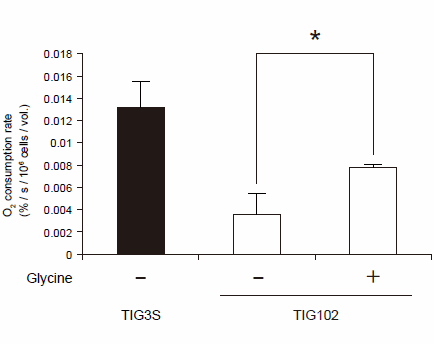

[…] I have discussed Glycine before HERE […]